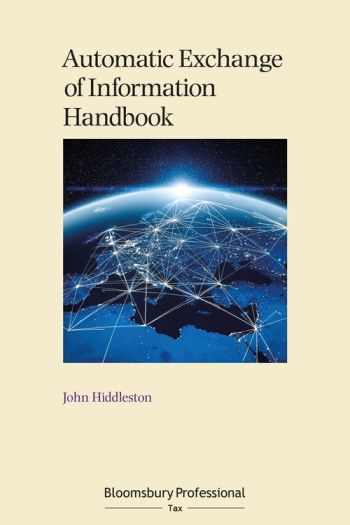
Automatic Exchange of Information agreements are made between the UK and other countries. These agreements allow the exchange of information between tax authorities of different countries about financial accounts and investments to help stop tax evasion.
This title provides a commentary on the UK law and regulations relating to the exchange of information. The focus is on two main areas:
The definition of financial institutions is not restricted to banks. For example charities and family trusts as well as a wide range of investment vehicles (e.g. Open-ended Investment Companies or unit trusts) could have reporting obligations under these rules.
The EU Directive on Administrative Cooperation (DAC) directs all EU states to share certain information (e.g. employment income, directors fees, pensions, ownership and income from immovable property) in relation to residents of other member states for taxable periods starting on or after 1 January 2014. It is based on the Common Reporting Standard.
EU DAC 6 is a recent refinement to the DAC. It aims to increase the level of transparency surrounding potential loopholes and harmful tax practices. it enters into force in mid-2020 and represents one of the most significant changes of tax advisors, service providers and tax payers in recent years. Under these regulations intermediaries such as lawyers and accountants advising on cross-border arrangements involving EU territories will need to monitor reporting and disclose as necessary. Failure to meet these requirements and the associated deadlines may result in financial penalties and reputational damage.
The book will explain in a simple, readable way:
The Other Issues chapter covers other forms of international information exchange such as anti-money-laundering rules and bi-lateral double taxation treaties, and will also look at how the automatic exchange of information fits with GDPR.
John Hiddleston is a tax consultant of Wilkins Kennedy, part of the Cogital Group.